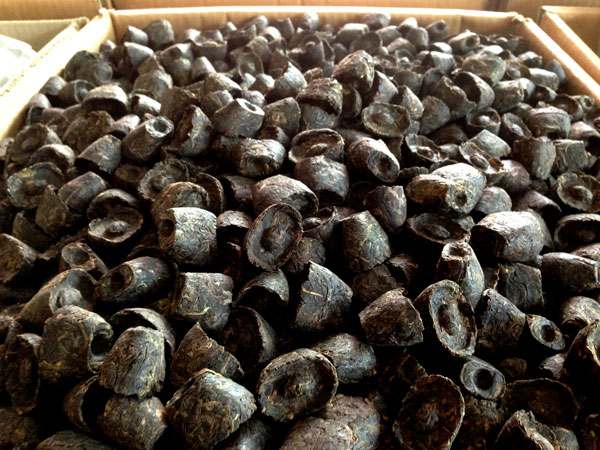 |
|
Loose tea leaves are pressed into ingot-shaped bricks. They were traditionally carried on the backs of horses to Tibet on the chama gudao, the ancient Tea and Horse Caravan Route. [Photo/China Daily]
|
Tea is not just a drink. It is an integral part of the cultural and historical heritage of China. And, like all aspects of culture, it is always evolving. Pauline D. Loh tracks the trends from Kunming, Yunnan, and Beijing that indicate tea culture is undergoing significant changes.
| Special Coverage |

|
Tea, like wines, mellow as they age, developing smoothness and subtlety in taste that is lacking in brash new brews. Similarly, Chinese tea culture traces its roots back to Lu Yu (AD 733-804), the patron saint who elevated tea drinking to an art about 1,300 years ago.
In the current economic climate, tea in China is enjoying a renaissance of awareness and appreciation that crosses psychographic and demographic barriers, with tendrils of influence reaching far across the seas.
 |
|
Tea farmers in the Guangxi Zhuang autonomous region are busy picking spring tea in the fields. [Photo/China Daily]
|
Tea culture has always reveled in the attention of the upper classes whenever the country is settled and prosperous.
It used to be the drink that lubricated gentle prose and poetry from scholars of classic literature. It was the drink of the gentry and equally the drink of the agrarian poor, whose daily solace after a hard day's work in the fields would be a pot of hot water flavored by a few precious leaves.
We recommend:
